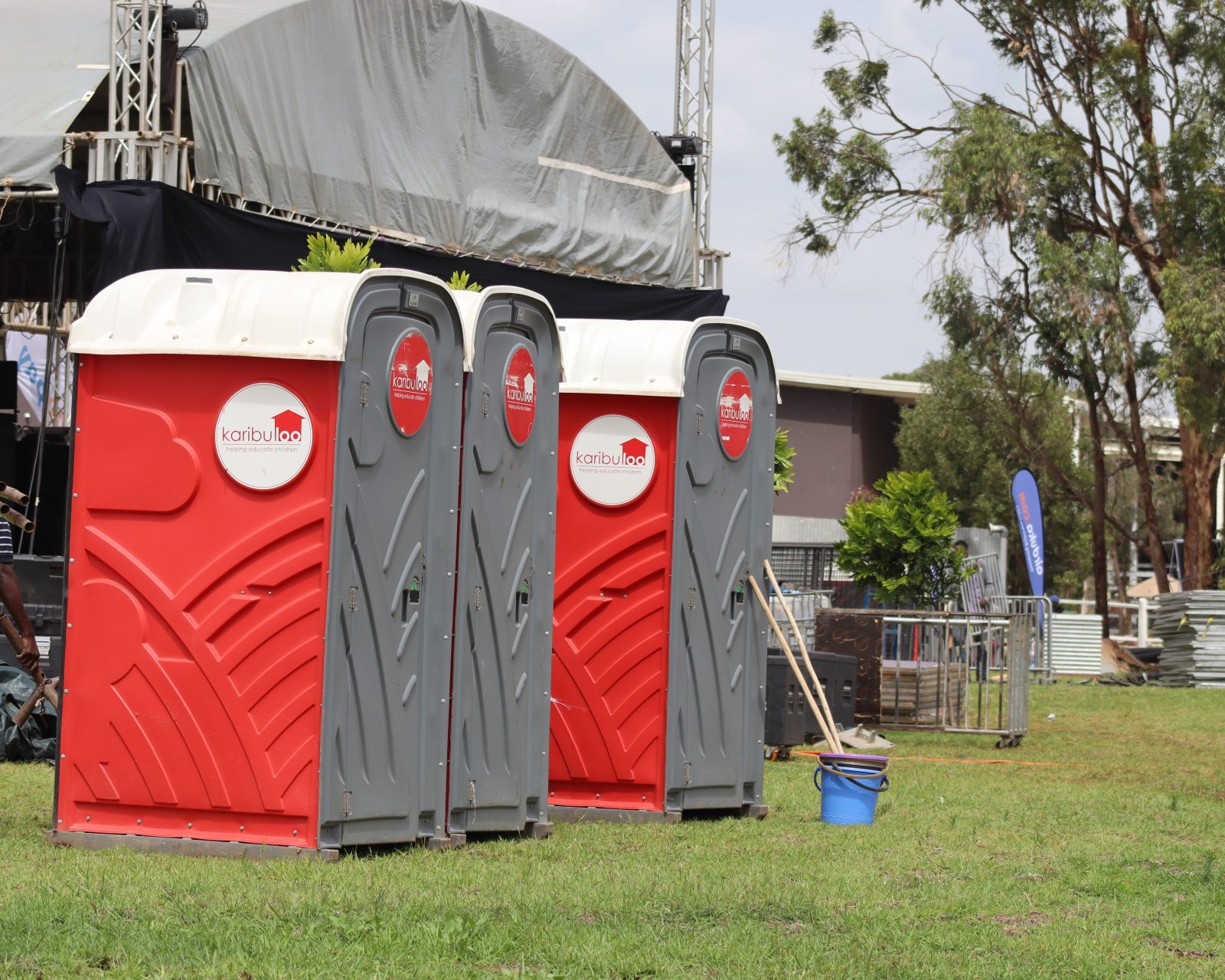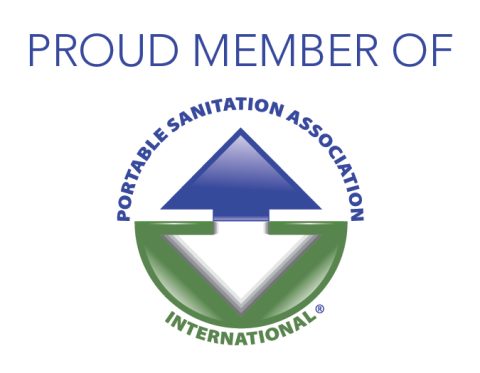
Portable toilets have become an essential amenity for outdoor events, concerts, and other large gatherings. While many people may not think about it, these toilets require special chemicals to keep them sanitary and operational.
In this blog post, we explore chemicals used in portable toilets for maintaining their cleanliness and functionality.
The Purpose of Chemicals in Portable Toilets
Portable toilet chemicals serve several important purposes in maintaining the cleanliness and functionality of these facilities. One of the main purposes is to control odors. Portable toilets can quickly become unpleasant and unsanitary due to the accumulation of waste and the lack of proper ventilation. These chemicals are used to neutralize and mask the odors, ensuring a more pleasant experience for users.
Additionally, these chemicals also help to break down and liquefy waste. This is especially important for portable toilets since they require long-term waste storage. Without proper breakdown, the waste can become clogged or solidified, leading to potential blockages and difficulties in emptying the tanks.
Moreover, portable toilet chemicals often contain sanitizing agents that help to kill bacteria and prevent the spread of diseases. This is crucial for maintaining the hygiene and safety of users. The chemicals work by disinfecting the surfaces and reducing the risk of contamination.
It is important to note that the efficiency and environmental impact of various types of portable toilet chemicals vary.
Some chemicals may be more harmful to the environment than others, while some may be biodegradable and eco-friendly. Therefore, selecting appropriate chemicals for portable toilet operation is crucial.
1. Formaldehyde-Based Chemicals
One of the most commonly used types of chemicals in portable toilets are formaldehyde-based chemicals. Formaldehyde is a strong chemical compound that is effective in breaking down waste and neutralizing odors. These chemicals work by killing bacteria and inhibiting the growth of microorganisms in the waste holding tank.
2. Biodegradable and Eco-Friendly Chemicals
In recent years, there has been a growing concern for the environment and the impact that everyday products have on it. This has led to the development and increased usage of biodegradable and eco-friendly chemicals in various industries, including the portable toilet industry.
Biodegradable and eco-friendly chemicals are specifically designed to minimize their impact on the environment. These substances’ natural materials allow them to naturally decompose over time. This indicates that these substances have a negligible effect on the local ecosystem when they are used in portable toilets.
Examples of biodegradable chemicals used in portable toilets are:
Portable Toilets Enzymes
Enzymes are natural substances that help break down waste and odors. They are highly effective at breaking down organic matter and can significantly reduce odors in portable toilets. Additionally, enzymes do not harm the environment and are safe for use in septic systems and waste treatment plants.
Bioactive Bacteria
Another eco-friendly option is the use of bioactive bacteria. These bacteria are specifically selected for their ability to break down waste and eliminate odors. When introduced into the portable toilet system, these bacteria work to biodegrade the waste and eliminate odors, leaving behind a clean and odor-free environment.
The use of biodegradable and eco-friendly chemicals in portable toilets not only benefits the environment but also promotes better health and safety. These chemicals are less toxic and harmful compared to traditional formaldehyde-based chemicals, making them a safer option for both users and maintenance workers.
However, it is important to note that while biodegradable and eco-friendly chemicals are a more sustainable choice, they may require more frequent maintenance and dosing to ensure optimal performance. Additionally, it is crucial to follow the manufacturer’s instructions and guidelines when using these chemicals to ensure their effectiveness and safety.
Overall, the use of biodegradable and eco-friendly chemicals in portable toilets is a positive step towards a greener and more sustainable future. By choosing these environmentally friendly options, we can minimize our impact on the environment and promote a healthier and safer experience for all users.
Benefits and Drawbacks of Each Chemical Type
- Formaldehyde-based chemicals have long been utilized in portable toilets for their effectiveness in odor suppression and waste breakdown. However, they have several drawbacks, including their harmful effects on the environment and potential health risks for those exposed to them.
- Biodegradable and eco-friendly chemicals have gained popularity in recent years as a safer and more sustainable alternative. They use natural enzymes and bacteria to break down waste and control odors, while also being safer for users and the environment. In addition to being non-toxic and non-hazardous, biodegradable and environmentally friendly chemicals also allow for safe disposal. However, they may not be as effective as formaldehyde-based chemicals in suppressing strong odors and breaking down waste.
Use and safety precautions for portable toilet chemicals
When it comes to using portable toilet chemicals, it’s essential to follow proper usage and safety precautions. These chemicals play a vital role in keeping the portable toilets clean, odor-free, and sanitary.
First and foremost, always read and follow the instructions provided by the manufacturer for each specific product. Different chemicals may have varying concentrations and usage guidelines, so it’s important to understand them before use.
One key safety precaution is to wear gloves and protective clothing when handling and adding chemicals to the portable toilet. This helps prevent direct contact with the skin, which can cause irritation or other adverse reactions.
Additionally, it’s crucial to keep the chemicals out of reach of children and pets. Many portable toilet chemicals contain powerful substances that can be harmful if ingested or exposed to inappropriately.
Proper ventilation is also important when using portable toilets. Ensure that there is adequate airflow to prevent the build-up of fumes from the chemicals. This can be achieved by leaving windows or vents open or using fans if necessary.
Lastly, when disposing of portable toilet waste, it’s crucial to follow local regulations and guidelines. Some chemicals may be hazardous to the environment if not disposed of properly. Be sure to consult with the appropriate waste management authorities or organizations for the correct disposal methods. In Kenya, National Environment Management Authority (NEMA) is a great body to consult with.
By following these usage and safety precautions, you can ensure the effective and safe use of portable toilet chemicals, promoting a clean and sanitary environment for everyone using the facilities.
At Karibu Loo we believe that everyone deserves access to clean and hygienic portable toilets without harming the planet. We pride in using eco-friendly chemicals that are safe for the environment and our customers. Contact us today to learn more about our services and how we can help you make your next event a success!






